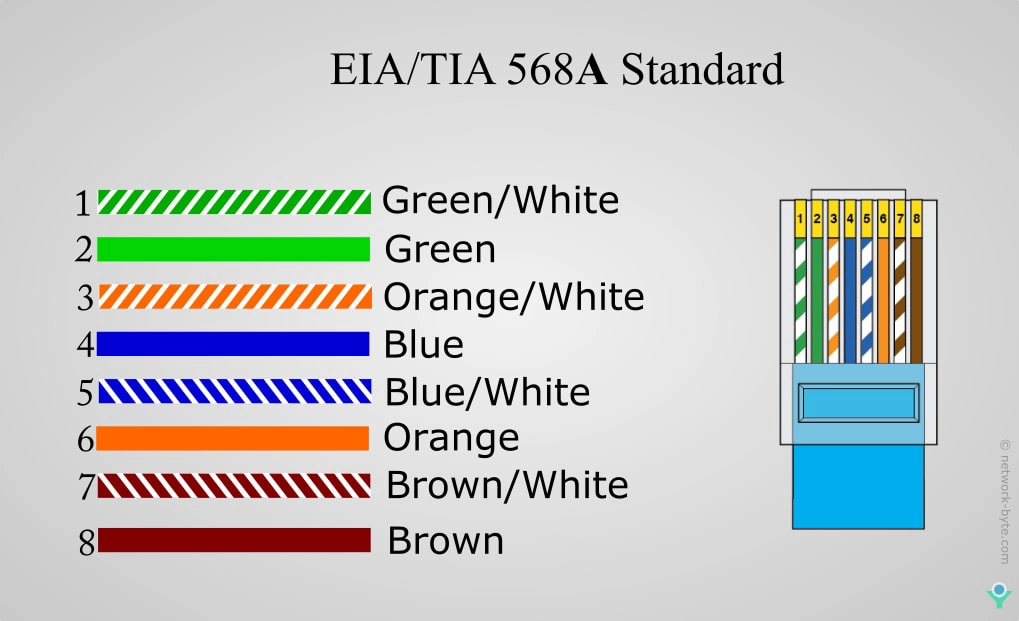
TIA/EIA Standards Explained
The TIA/EIA standards play a critical role in the world of telecommunications and network cabling. These industry guidelines ensure that communication networks are efficient, reliable, and future-proof. In this article, we’ll explore what TIA/EIA standards are, their history, the key standards you should know, and why adhering to these standards is essential for modern network infrastructures.
What Is TIA/EIA Standards?
TIA/EIA standards are a set of guidelines developed by the Telecommunications Industry Association (TIA) and the Electronic Industries Alliance (EIA). These standards define the requirements for various aspects of network cabling and telecommunications systems, ensuring consistency and high performance across installations. By adhering to these standards, organizations can achieve seamless connectivity and improved network reliability.
A Brief History of TIA/EIA
Over the decades, the telecommunications industry has experienced rapid growth and technological advancements. The TIA/EIA standards were developed to address the need for uniformity in cabling and system design. Originally established to provide guidelines for voice and data communications, these standards have evolved to include the latest technologies and best practices for network infrastructure.
Key TIA/EIA Standards in Network Cabling
Several TIA/EIA standards are widely recognized and implemented in both commercial and residential settings. Some of the most important include:
TIA/EIA-568:
This is one of the most widely used standards for commercial building telecommunications cabling. It sets performance benchmarks for cables, connectors, and overall installation practices, ensuring reliable high-speed data transfer.TIA/EIA-569:
Focused on pathways and spaces, this standard outlines the proper design and installation practices for cable management in building structures, contributing to organized and efficient network setups.TIA/EIA-606:
Known as the administration standard, it provides guidelines for labeling and documentation of cabling systems, making it easier for maintenance teams to troubleshoot and manage network infrastructure.TIA/EIA-607:
This standard covers grounding and bonding requirements for telecommunications equipment, which is essential for safety and system reliability.
Why TIA/EIA Standards Are Important
Following TIA/EIA standards is not just about compliance—it’s about building a robust and future-ready network. Here’s why these standards matter:
Enhanced Performance:
Adhering to these guidelines ensures that cabling systems perform at optimal levels, reducing the risk of signal loss and network downtime.Interoperability:
Standardized cabling practices enable compatibility between different devices and systems, facilitating seamless integration and future upgrades.Ease of Maintenance:
Proper documentation and labeling, as recommended by TIA/EIA-606, simplify troubleshooting and ongoing maintenance, saving time and reducing operational costs.Safety and Reliability:
Standards like TIA/EIA-607 ensure that grounding and bonding practices protect equipment and personnel, contributing to a safer network environment.
Benefits of Implementing TIA/EIA Standards
Implementing TIA/EIA standards can have a significant impact on your network infrastructure:
Cost-Effective Solutions:
While adhering to these standards might require a higher upfront investment, the long-term benefits include reduced maintenance costs and fewer network failures.Future-Proofing Your Network:
With technology continuously evolving, standardized cabling systems make it easier to integrate new technologies without a complete overhaul of your infrastructure.Improved User Experience:
Consistent performance and reduced downtime lead to a better overall experience for users, whether in a corporate office, data center, or residential setting.
How to Ensure Compliance with TIA/EIA Standards
To achieve compliance with TIA/EIA standards, consider the following best practices:
Partner with Qualified Installers:
Work with professionals who are knowledgeable about the latest TIA/EIA guidelines and have a track record of implementing compliant cabling systems.Regular Audits and Inspections:
Periodically assess your network infrastructure to ensure ongoing compliance and address any potential issues before they affect performance.Invest in Quality Materials:
Use certified cables, connectors, and other hardware that meet or exceed TIA/EIA standards to ensure long-lasting performance.
Conclusion
TIA/EIA standards are the cornerstone of modern telecommunications infrastructure. By establishing clear guidelines for network cabling and system design, these standards help organizations achieve high performance, reliability, and scalability. Whether you’re planning a new installation or upgrading an existing network, understanding and implementing TIA/EIA standards is essential for creating a robust and future-proof system.
Embrace the benefits of standardized cabling and take your network infrastructure to the next level by adhering to TIA/EIA guidelines—ensuring efficient, secure, and high-performance communications for years to come.